Francis Marion University is a public university located near Florence, South Carolina, United States. Here is a detailed introduction to the school:
History of the school
The school's history dates back to 1957, when the University of South Carolina established a freshman college in the basement of the Florence County Library. In 1961, the University of South Carolina-Florence was established on land donated by the Wallace family 6 miles east of Florence.
After years of lobbying by local residents, in 1970, the Governor of South Carolina signed a bill to officially establish Francis Marion College, which initially enrolled 907 students from 23 of South Carolina's 46 counties.
In 1992, Francis Marion College was granted university status and was renamed Francis Marion University.
School size
Currently, the school has about 4,000 students, with the student body mainly coming from South Carolina, accounting for about 95%, of which more than half are from the Peddie area, but it also attracts students from 30 other states in the United States and 31 countries.
The school has a total of 210 academic staff and a campus area of 468 acres, located 6 miles east of Florence, with 100 acres of mixed pine woods on the campus - Hardwood and lowland forests, as well as a series of trails for people to use.
School Majors
Undergraduate Majors: The school offers five undergraduate degrees, including Bachelor of Arts, Bachelor of Business Administration, Bachelor of General Education, Bachelor of Science, and Bachelor of Science in Nursing.
Graduate Majors: Graduate degrees include Master of Teaching, Master of Business Administration, Master of Education, Master of Science in Applied Psychology (Clinical and School Psychology), and Specialist Degree in School Psychology. In 2017, the school acquired its first doctoral program, the Doctor of Nursing Practice, and enrolled its first batch of students in January 2018.
Professional Accreditation: Several of the school's academic programs have been accredited by professional organizations, such as the School of Business, which has been accredited by the Association to Advance Collegiate Schools of Business (AACSB), and the teacher education program, which has been accredited by the National Accreditation Council for Teacher Education (NCATE).
Teaching and Faculty
Faculty: Nearly 90% of the school's faculty have the highest degree, the student-teacher ratio is 15:1, the average class size is less than 20 people, and the largest class size was 68 in 2016-2017. Most courses are taught by full-time teachers, not teaching assistants or graduate students. Undergraduate students also have the opportunity to participate in teachers' research projects.
Teaching mode: It adopts the traditional semester-based academic calendar. In addition to offline courses, it also provides online and hybrid teaching modes for a variety of courses to meet the learning needs of different students.
Campus life
Student organizations: The school has a variety of student organizations and clubs, such as religious groups such as the Baptist University Ministry and the Young Talent Choir, as well as special interest groups, academic honor societies, fraternities and sororities, etc. Students can enrich their extracurricular life and expand their network through these organizations.
Sports activities: It is a member of the National Collegiate Athletic Association (NCAA) Division II, with 14 NCAA teams participating in 9 sports. Students can participate in inter-school sports competitions to enhance teamwork spirit and competitive awareness.
Campus facilities: There are modern teaching buildings, laboratories and dormitories on campus, providing students with a safe and comfortable learning and living environment. In addition, the school also has recreational facilities, a two-story observatory, a planetarium, etc. Among them, the James Rogers Library is the sixth largest academic library in South Carolina and the largest library in the northeastern part of the state.
Cultural activities: The school will host various cultural activities, such as concerts, lectures, dramas, art exhibitions, planetarium and observatory performances, and film series, and many activities are open to the public free of charge, enriching the cultural life of students and local residents.
International Exchange
Through the international exchange program, the school conducts student exchanges with 18 partner universities in 13 countries. Students have the opportunity to study abroad for a semester without paying additional tuition. At the same time, foreign students who come to the school also enrich the multicultural life of the campus.
-

Harvard University
-
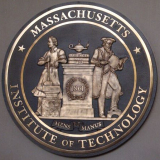
Massachusetts Institute of Technology
-
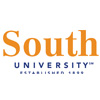
South University
-

University of West Georgia
-
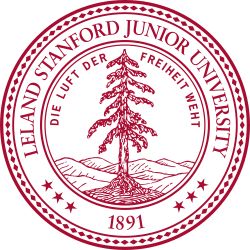
Stanford University
-
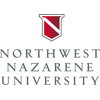
Northwest Nazarene University
-
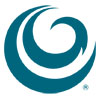
Hawaii Pacific University
-
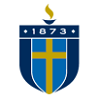
Shorter University
-

Nova Southeastern University
-
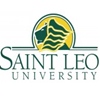
Saint Leo University
-

Mesoamerican University
-

Istmo University
-

Mariano Galvez University of Guatemala
-

Regional University of Guatemala
-

Galileo University
-

Francisco Marroquín University
-

Rafael Landívar University
-

University of the Valley of Guatemala
-

University of San Carlos of Guatemala
-

Technological Institute of Tlaxcala Plateau
-

Golfo University
-

Technological University of South Sonora
-

Technological University of Huejotzingo
-

Tizimín Institute of Technology
-

Chilpancingo Institute of Technology

